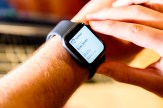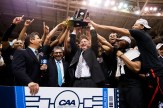Northeastern University looks back at the moon landing 50 years later: Mars and beyond
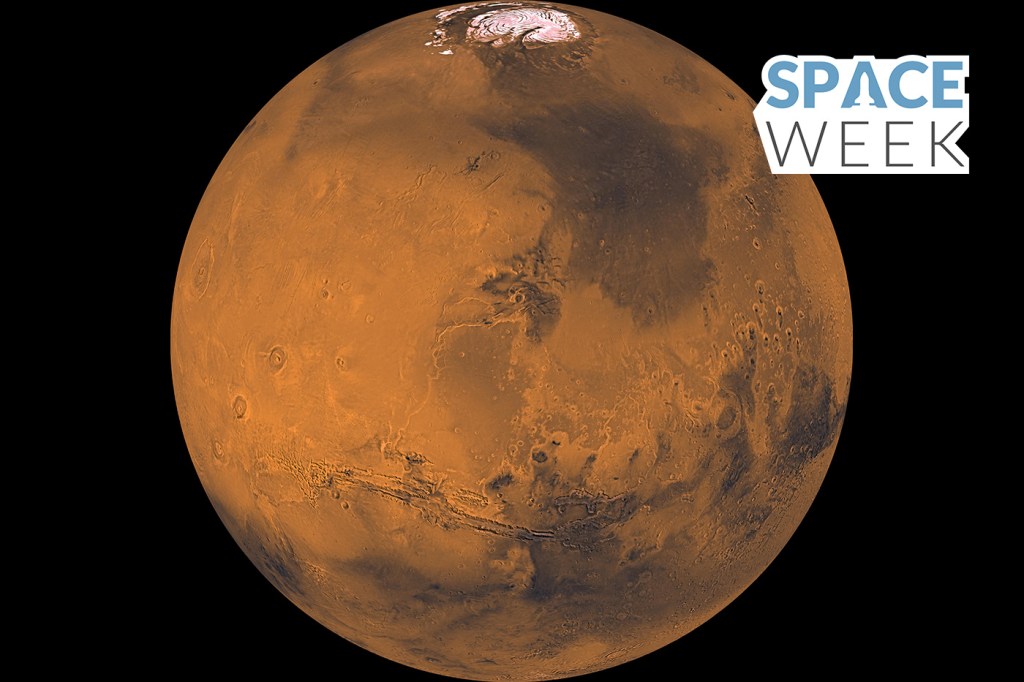
Saturday, July 20, marks the 50th anniversary of the first landing on the moon. Every day this week, News@Northeastern will look at the technological breakthroughs, the political decisions, and the feats of daring that made the landing possible; the lunar landing itself; and what the future might hold for space exploration. Here, Northeastern students and faculty reflect on the role of humanoid robots in deep space exploration, sending humans to Mars, and the need for reusable spacecraft.

Taskin Padir, associate professor of electrical and computer engineering, and Nicolas Binford, who graduated from Northeastern in 2018, work on a hexi-copter drone in a lab in Richards Hall. Photo by Adam Glanzman/Northeastern University.
Overall, the international space community has figured out how to do robotics missions. The next big frontier is to focus more on crewed missions. Even though we have all of these robots, with all sorts of capabilities, we haven’t gotten the full glimpse of what we can do or learn from human missions. The future moon and Mars human missions will be big drivers in the foreseeable future.

Pathfinder on Mars in December of 1997. Image courtesy of NASA.
I like to tell myself that space exploration is the next big thing for people. Exploring the solar system, manned exploration, unmanned exploration—these are the things that we’re going to look back at in 100 years and remember that they were important. I think space matters and I love being a part of that.

A group of Northeastern students designed, built, and tested a rover that could work with astronauts on Mars as part of the 2019 University Rover Challenge. Photo by Adam Glanzman/Northeastern University.
When we get the Mars 2020 selfie from Mars, my hardware is going to be there in the middle of the picture. Stuff that I’ve touched, worked with. It’s something I’m still awestruck about.
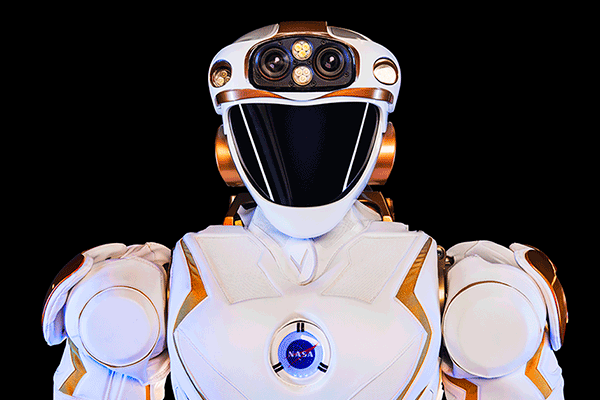
Northeastern was selected to perform advanced research and development on Valkyrie, a 6-foot-2-inch, 275-pound humanoid robot developed by NASA, According to NASA, Valkyrie is primed to play an important role in future deep space exploration and could be sent to Mars to complete tasks before human crews arrive. Photo by Adam Glanzman/Northeastern University.
I’d say crewed space exploration is worth it. One example is Apollo 11. Everybody remembers that and we celebrate that. But we don’t typically celebrate the first robot on the moon—and I don’t think that should be underrated.

The martian landscape as seen by the Mars Exploration Rover in January of 2004. Image courtesy of NASA.
There’s been a shift toward commercial space flights. It seems to me that a lot of the crewed space missions, in particular the ones in Earth’s orbit, are going to be more and more commercialized. NASA is working with commercial partners, and there are already a lot of companies trying to get in on that, from Virgin Galactic to Blue Origin.

In this concept illustration, a Boeing CST-100 Starliner spacecraft is shown orbiting Earth. NASA is partnering with Boeing and SpaceX to build a new generation of spacecraft capable of taking astronauts to the International Space Station and expanding research opportunities in orbit. Image courtesy of NASA.
I think sustainability is an important trend that I would like to see the space industry embrace. Rockets that can land more than once is one example of a way that we can make space travel more sustainable. Early on, we had the space shuttle, which could be used for multiple flights, and now we have these SpaceX crafts that can land on a barge. I’ve seen some definite promise toward the trend, especially in terms of reusable space crafts, but I want to see it happen quicker.
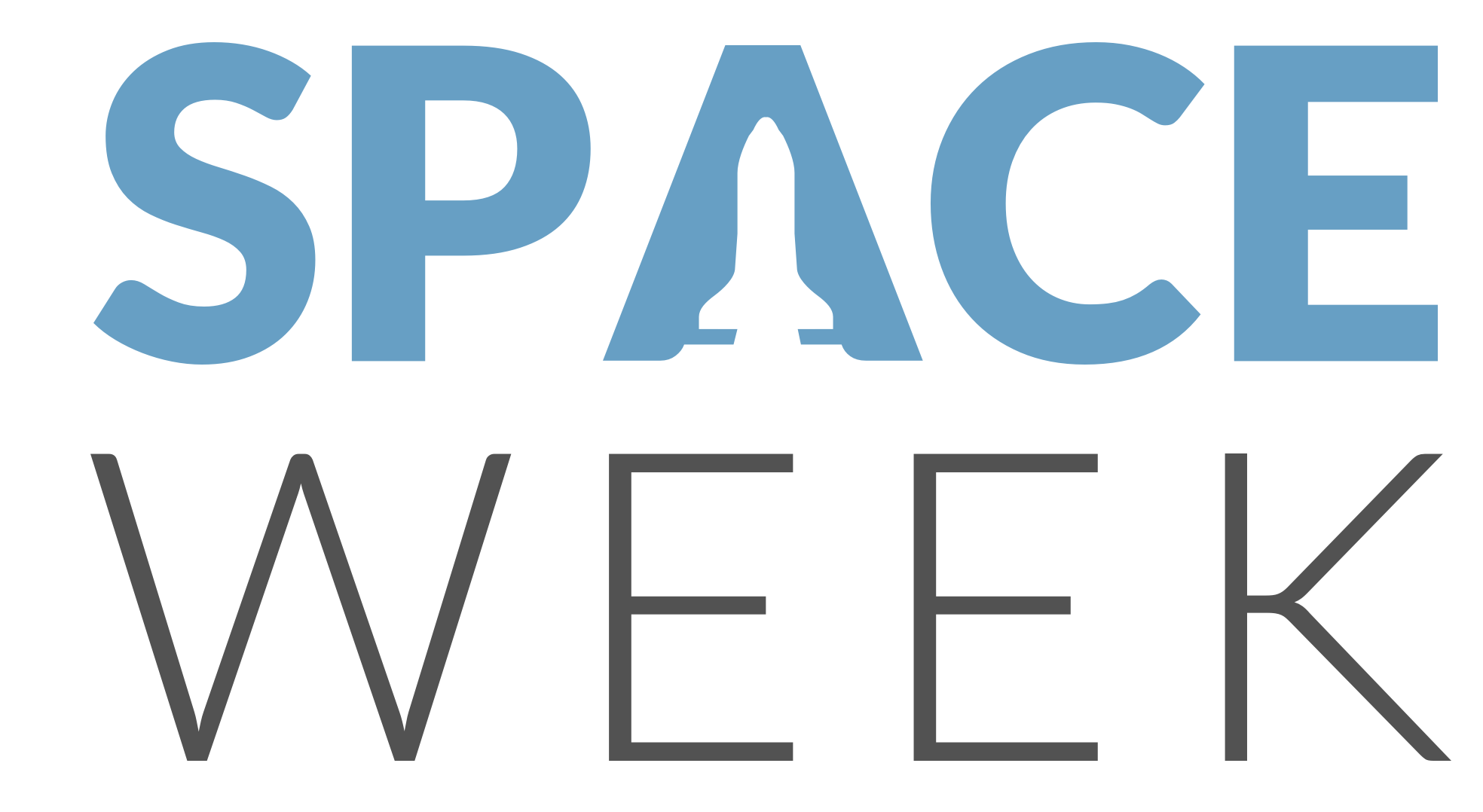
- The space age takes flight
- Shooting for the moon
- After the moon
- Mars and beyond
- July 20, 1969

